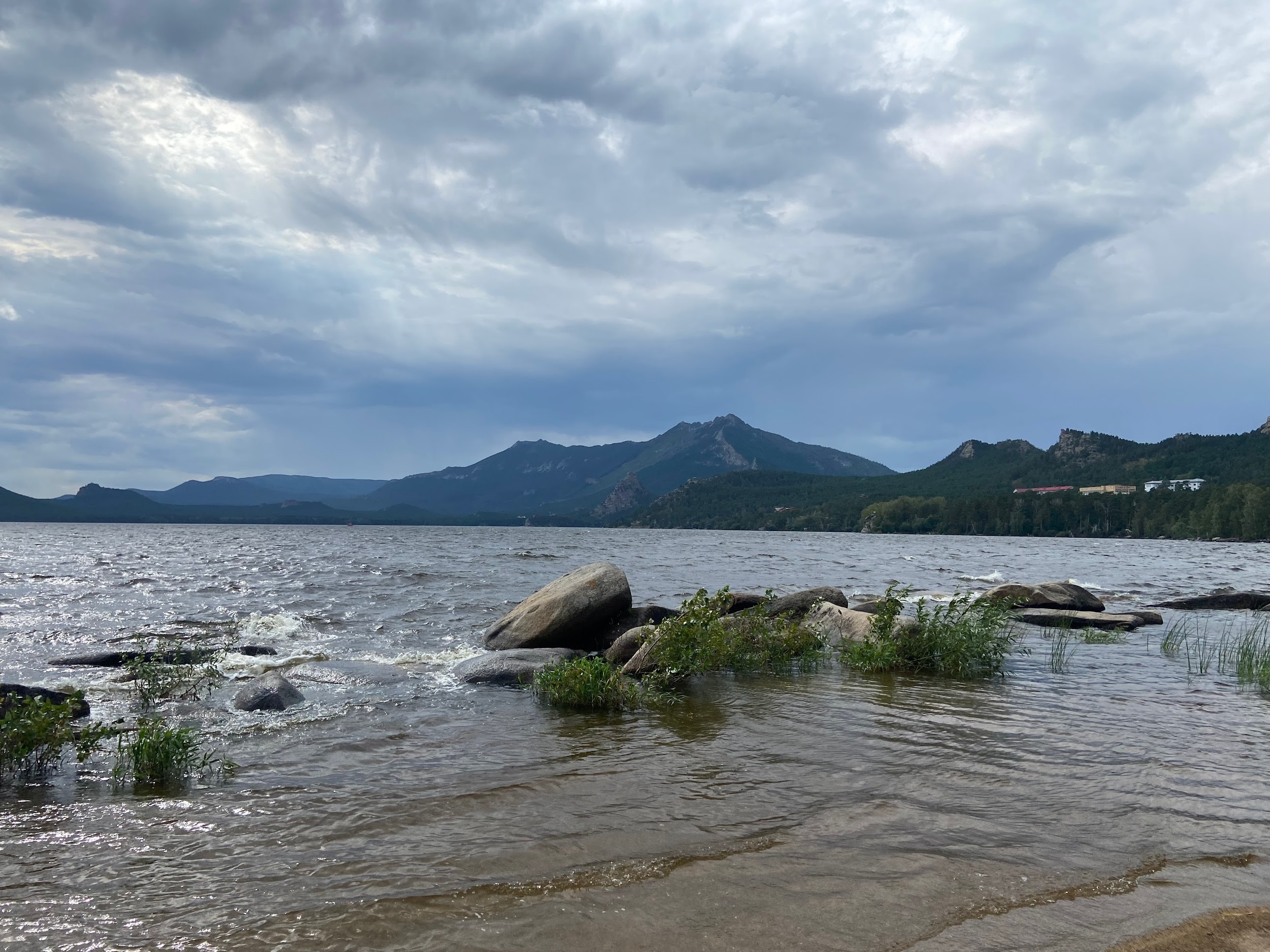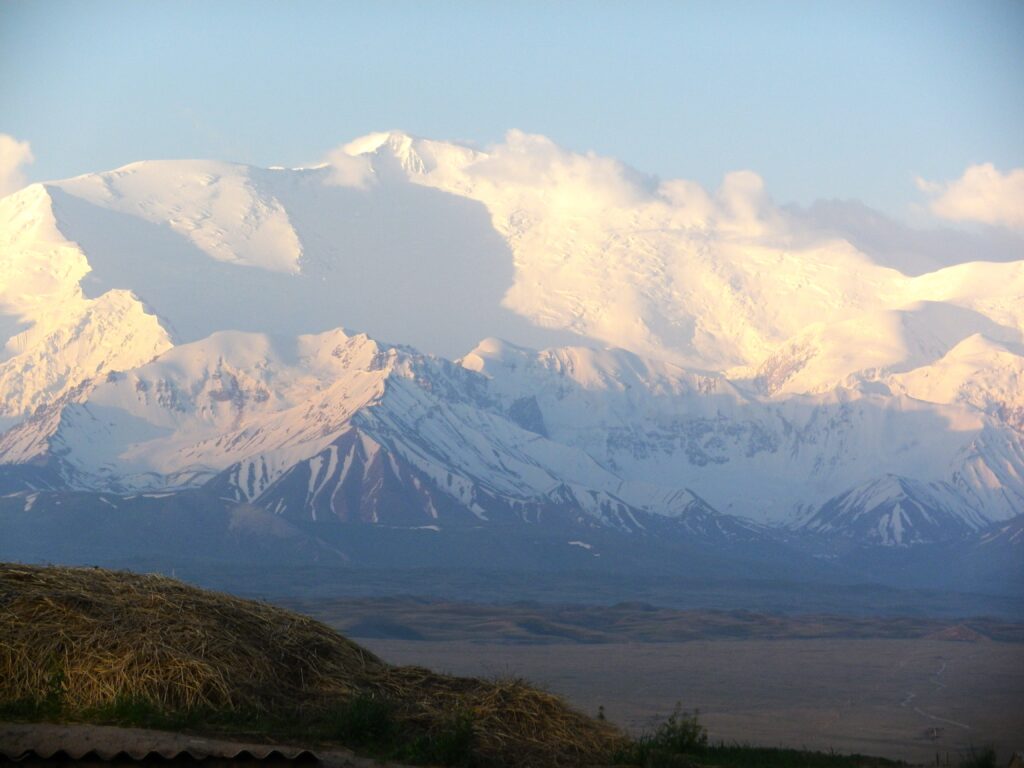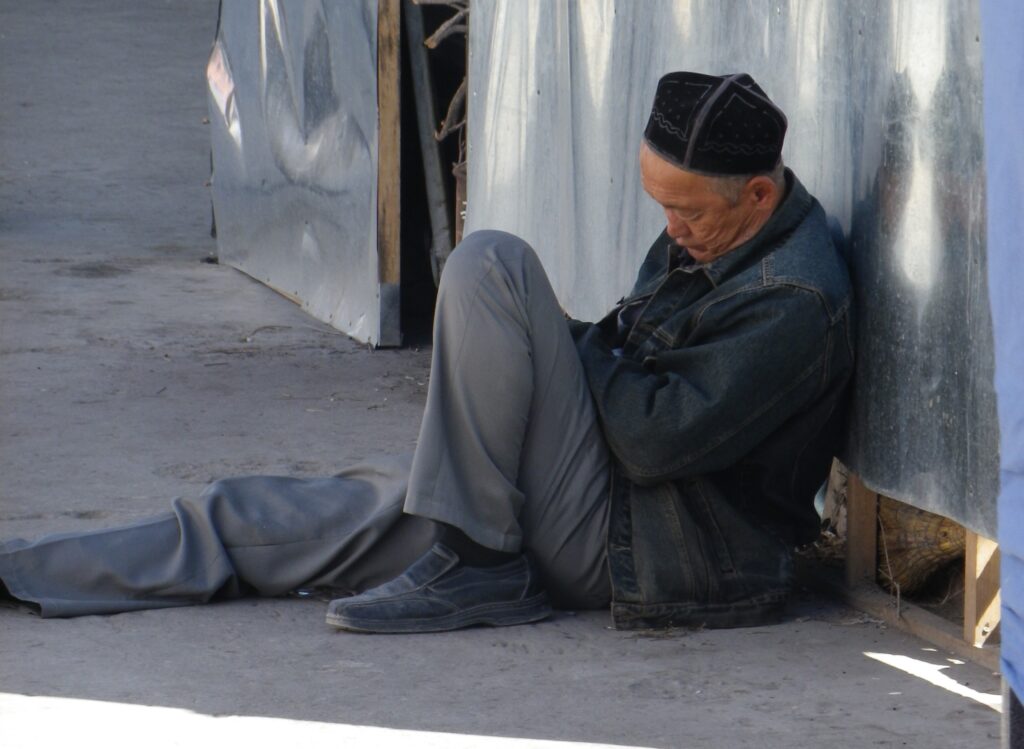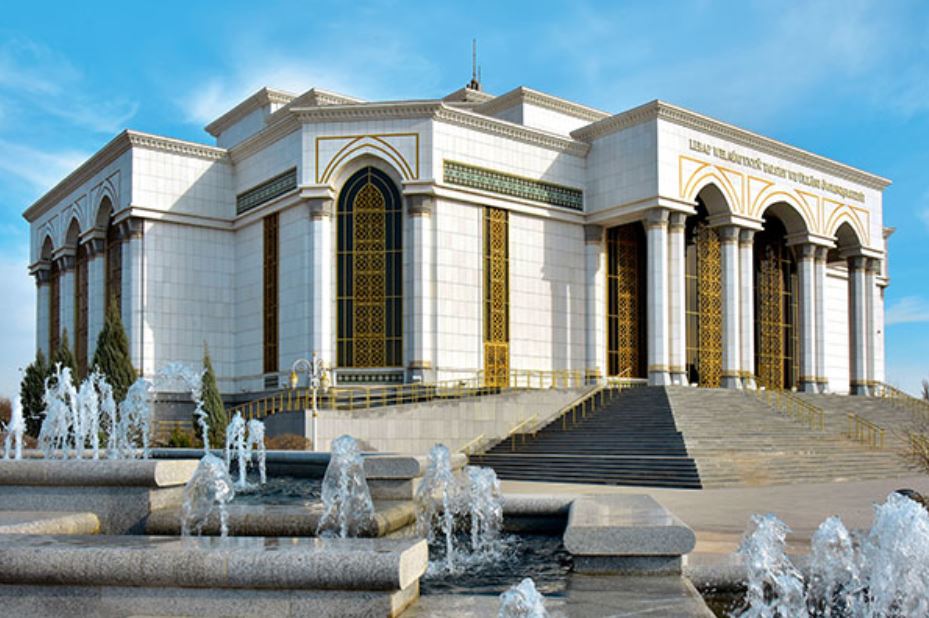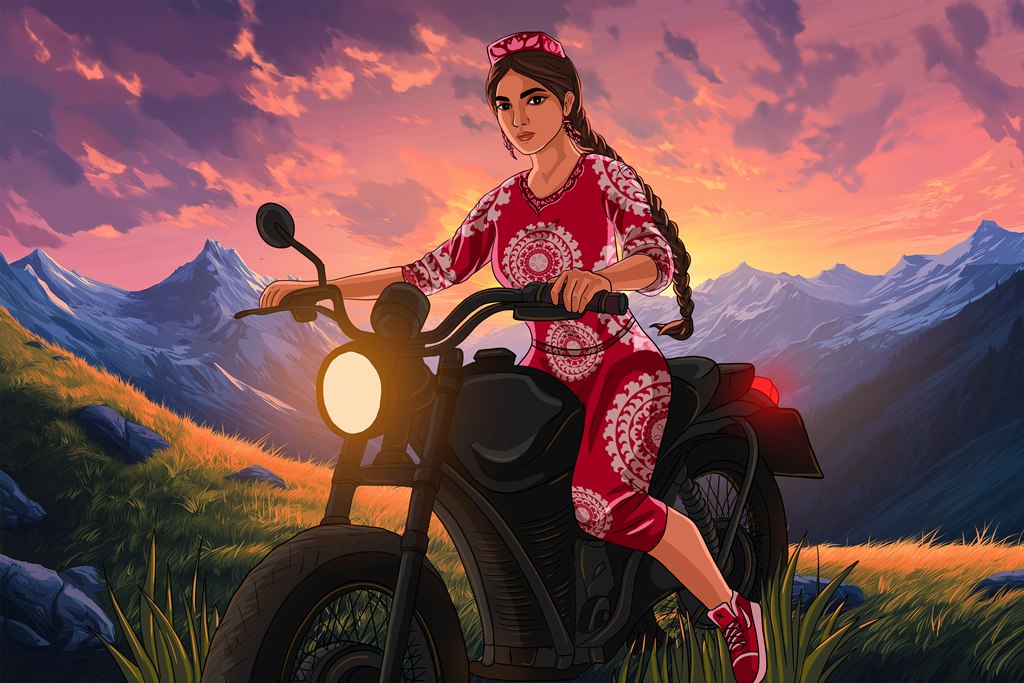Burabay National Park, located just 250 kilometers from Kazakhstan’s capital Astana, is a place of outstanding natural beauty offering easily accessible respite from the hustle and bustle of city life.
Known by its Russian name ‘Borovoye’, from boro meaning pine forest – until 2000, the park spans 85,000 hectares on which visitors can participate in outdoor pursuits from cycling, horseback riding and skiing, to swimming, kayaking, sailing and water skiing, or simply relax and enjoy the fresh clean air and magnificent views of the hills and mountains.
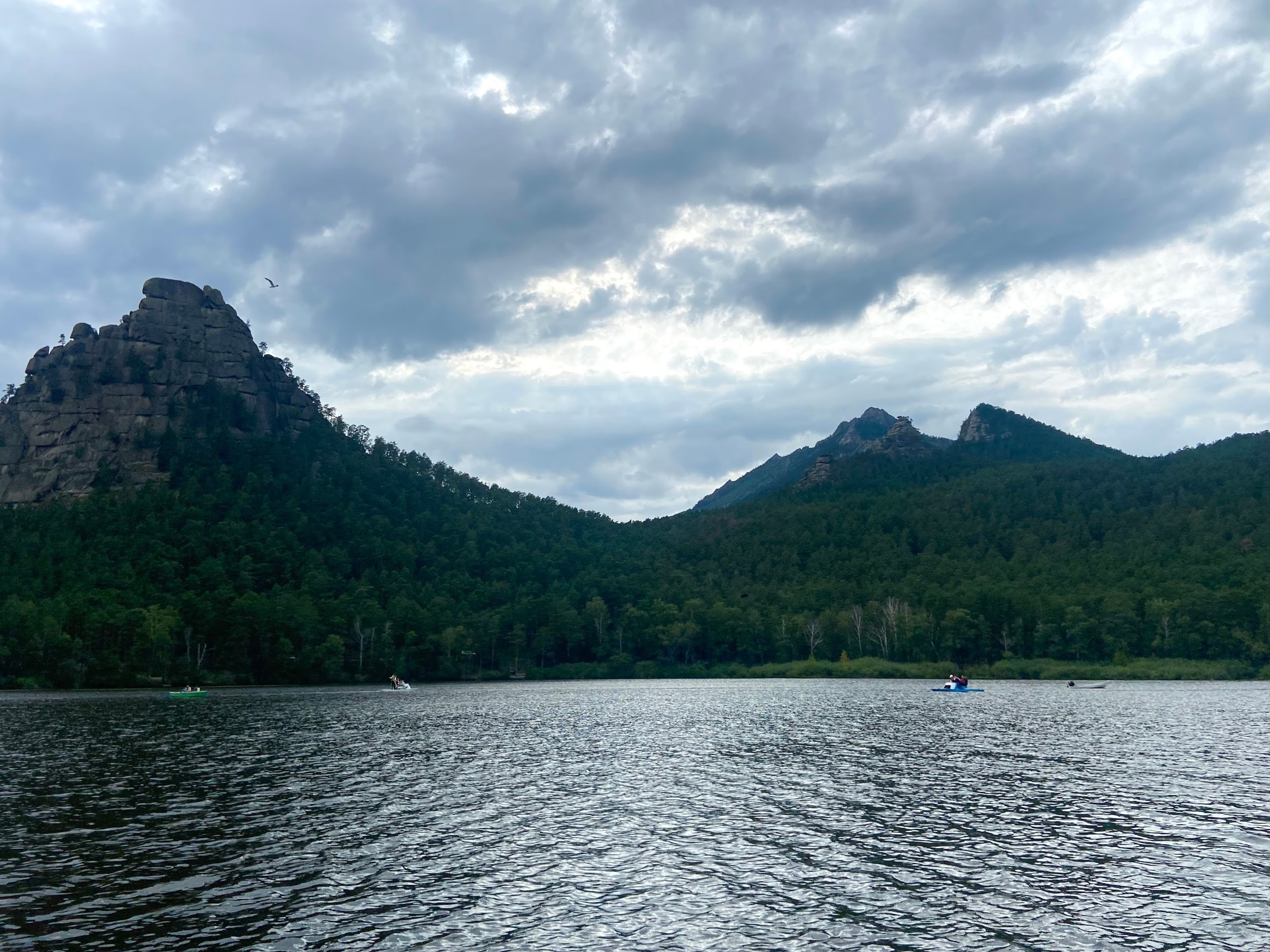
Photo: Mt Okzhetpes – TCA, Tamila Olzhbaekova
Mountaineers can test their skills on Mt Kokshetau, the highest peak standing at 957 meters. For those less experienced, The Three Sisters provide a range of gradients suited to different levels of hikers and climbers, and Mt Bolektau affords panoramic views within an easy 20-minute ascent.
For many, the pearls in Burabay’s crown are its crystal-clear lakes. The park boasts no fewer than fourteen, each with its own unique beauty and atmosphere. Amongst the best known are Maloye, Shchuchye, Chebachye, home to 300 species of fish, and the largest, Lake Borovoye, popular for its well-maintained beaches and water sports.
Burabay is also a place of great archaeological, cultural, and historic significance and both its origins and natural landmarks are steeped in legends.
Origins
Different myths tell how disappointed by its barren terrain, either Allah or Tengri decided to enhance the flat Kazakh steppe by scattering it with small mountains, lakes, and forests. The area and its settlers were guarded by a beautiful white camel; a bura in Kazakh, and hence the name, Burabay. Coveting it as a trophy, robbers shot it with an arrow but were instantly flattened when the camel turned into a rock. Today, it is but one of the park’s many legendary landmarks.

Photo: Adobe stock -Zhumbaktas
Zhumbaktas
In the center of Borovoe Lake stands a rocky outcrop known as ‘Zhumbaktas’ which translates as ‘mysterious stone’ in Kazakh. According to legend, a rich Khan sought a wealthy husband for his beautiful daughter but instead, she fell in love with a talented, roaming musician. The couple fled and pursued by the girl’s brothers, sailed to the middle of the lake. The young man, shot through the chest with an arrow, toppled into the water. The girl appealed Tengri, who granting her wish to join her beloved, turned her into a rock. From one side, the island looks like a boat, from another, a girl with her hair blowing in the wind, and when viewed from a different angle, an old woman.
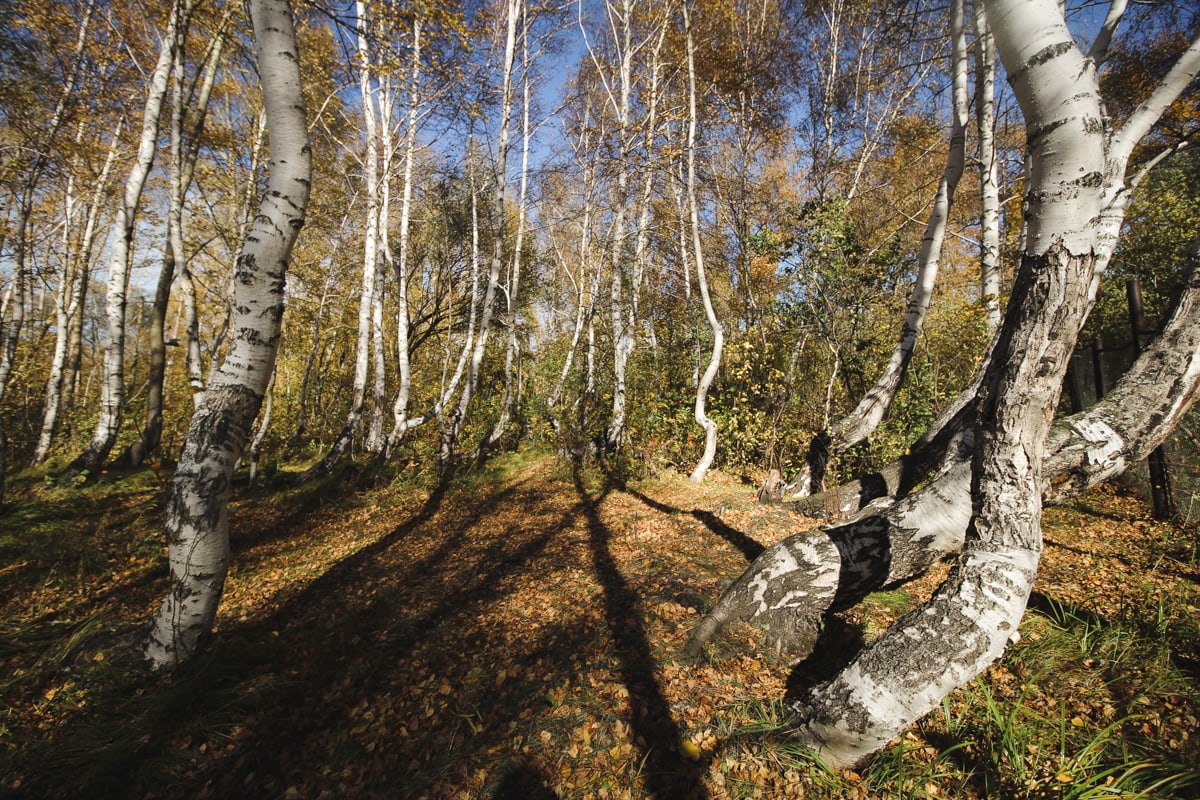
Photo: Dancing Birch Grove – TCA, Tamila Olzhbaekova
Dancing Birch Grove
Amid the park’s vast forests, stands an enchanting grove, where blown by the wind, birch trees sway and intertwine. According to legend, village girls dancing in a clearing froze in fear and turned into trees when they noticed the khan watching them.
Mount Okzhetpes
According to research by Kazakh historian Shokan Ualihanov, whilst living in Borovoye, Abylai Khan, the renowned ruler who united the 18th century Kazakh Khanate and liberated its territories from foreign invaders, led and won a war between the Kazakhs and the Zhungars. A local myth then relates that on their return, debate arose amongst the warriors concerning the division of the spoils which included a young Kalmyk maiden. To determine the matter, the khan instructed the girl to ascend Mt Okzhetpes and marry whoever managed to strike her waving kerchief with an arrow. None of the warriors succeeded and ignoring the khan’s order to come down, she leapt into Lake Auliekol and drowned. The lake known as the ‘holy lake’, symbolizes freedom of choice.
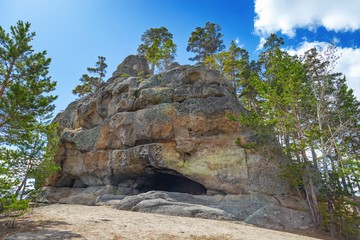
Photo: Kenesary Cave – TCA, Tamila Olzhbaekova
Cave of Khan Kenesary
The 19th century Kazakh ruler and grandson of Abylai Khan, was another famous figure who frequented the area. A keen hunter, he is said to have spent nights in the forest in what is now known as the Kenesary Cave.
Social History
The region’s social history, both ancient and modern, can be explored in two of Burabay’s permanent attractions: the Botai-Buraby Open Air Museum focusing on ancient Botai culture dating back to 3700-3100BC, and the Jailau Ethnic Village which provides a taste of Kazakh traditional life flavoured with yurts, altybakans or swings, music, craft, national dress, food etc.

Photo: Burabay Multimedia Complex – TCA, Tamila Olzhbaekova
Burabay Multimedia complex
In addition to wandering around the above, tourists can delve deeper into the area’s rich history by visiting the park’s innovative multimedia interactive museum. Located in Abylai Khan Glade, the recently refurbished complex includes modern technologies -5D, augmented reality, light show- in nine themed spaces dedicated to Kazakhstan’s cultural, spiritual, and historical heritage: Great Steppe Heritage, Travel to Kazakhstan, Flight of the Samruk bird, Heroes’ Land, Eternal Nation, History of the Great Steppe, Historical Figures of Kazakhstan, Corridor of Time, Abylai Khan’s Blessing. Aimed to promote cultural identity, the ‘Tree of Life’ enables all Kazakhs to trace their tribal affiliations, whilst locals and foreigners alike, can enjoy an exhilarating virtual bird’s eye view of the entire country by taking the ‘Flight of the Samurk’.
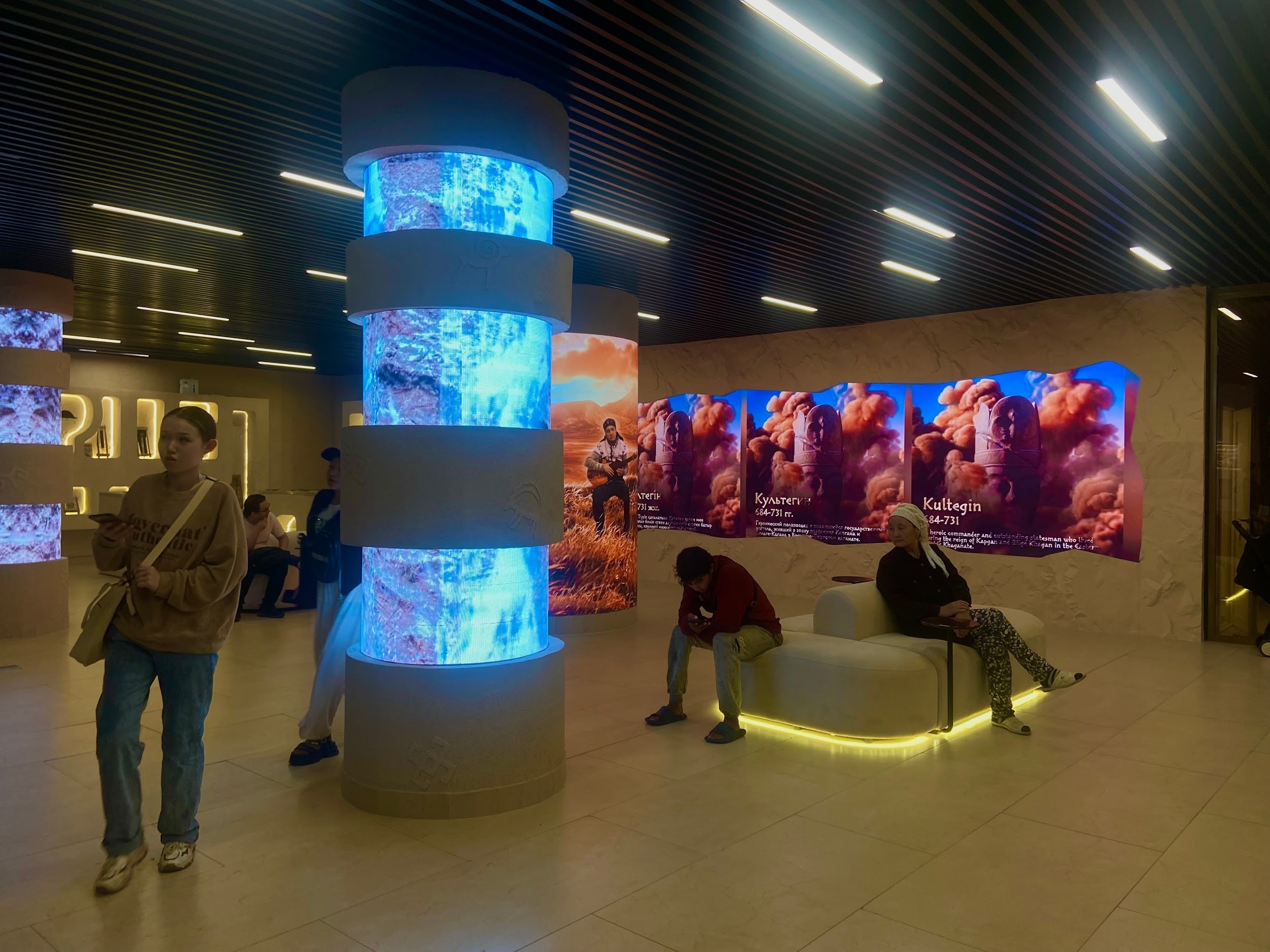
Photo: Complex interior – TCA, Tamila Olzhbaekova
Given its diverse wealth of attractions and close vicinity to Astana, Burabay provides a tantalizing glimpse of all that Kazakhstan has to offer and an experience which is bound to inspire tourists, especially those on their first visit during the Nomadic Games, to further explore the country.
